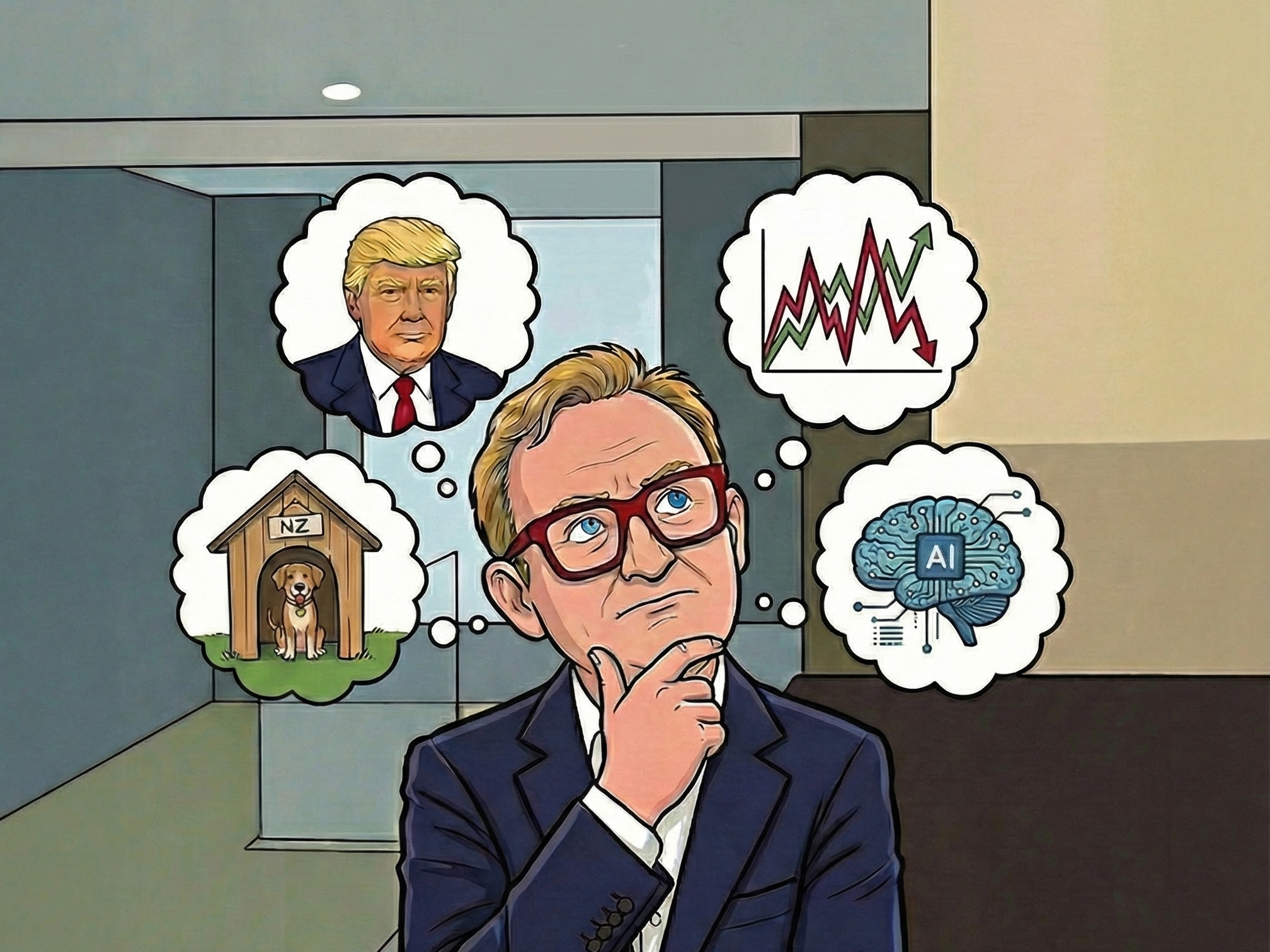Sometimes it is good to remind ourselves of the ‘essentials’ of financial planning. While markets are unpredictable, the strategies we take to account for this are very well documented and often very repetitive – as the late American economist Paul Samuelson noted, investors should only find a thrill akin to watching paint dry or grass grow.
The details of what might make up one’s portfolio can be intricate, but the overall principles are not so mysterious as some may think. One such concept is risk-adjusted return.
Risk-adjusted return is a vital element to successful long-term investing, and one often overlooked or misunderstood by investors. In my opinion risk-adjusted returns are perhaps the most important, least understood part of investing – because the return potential of any investment should always be viewed in the context of the risks it takes to achieve that return.
The risk-adjusted return measures the profit your investment has made relative to the amount of risk the investment has represented throughout a period. If two or more investments delivered the same return over a given time, the one with the lowest risk will have a better risk-adjusted return.
It is a calculation of the return on an investment considering the risk associated. There are several methods to calculate risk-adjusted returns.
It is measured in comparison to a (virtually) risk-free investment like cash. The main risk with cash relates to inflation and buying power, so in this context it holds a lower comparative risk and can be used to benchmark other assets and investments.
Risk-adjusted returns are often presented as a number or rating, with higher readings considered desirable and healthy. If two investments delivered the same return over a given period, the one with the lowest risk will have a better risk-adjusted return. Risk-adjusted returns are applied to individual shares, investment funds, and entire portfolios.
One way to think of risk-adjusted return is to think of it like the speed limit for your car. If your destination is 110km away, you can get there in just over an hour if you stick to the 100km/h legal limit. You can (theoretically, of course) get there faster if you’re willing to drive above the speed limit. It’s a simple calculation. Yet at the same time, going above the speed limit increases your risk of getting a ticket, or causing injury to yourself or others. You might arrive okay, but the faster you go, the higher the odds of a bad outcome.
The same is true of investing. Building a diversified portfolio based on one’s risk tolerance and investment goals may feel like a slow (even boring) approach that means it could take longer to reach your destination (investing goals). But you most likely increase the odds of getting there. Focusing on hot trends may seem like a faster route to your goals and it may even be so for a time, but you also increase the risk of a financial ‘accident’.
Considering the risks — and the risk-adjusted return — of your portfolio will go a long way to helping you stay on track, and on schedule while pursuing success in your investing journey.
Risk and return are two important parts of investing. Risk is the chance that you might lose money, while return is the money you make from your investment. Usually, investments with higher risk have the chance for higher returns.
High-risk investments may offer the chance of higher returns than other investments might produce, but they put your money at higher risk. This means that if things go well, high-risk investments can produce high returns. But if things go badly, you could lose all the money you invested.
Risk-adjusted returns, sound methodology and common wisdom allows us to evaluate financial risks in differing markets. By obtaining a clear picture of the financial hazards involved in each investment, we can improve our decision making and create a portfolio accordingly. A portfolio tailored to you and your risk tolerance.
Risk-adjusted returns also allows us to compare high-risk investments to low-risk investments – comparing apples to apples, so to speak. Of course, the best investment plan is always the one that is right for you; the one taking your timeframe, lifestyle and goals into account.
This is where the value of financial advice, and a relationship with a trusted, local fiduciary, comes into play. Their expertise can help define your risk tolerance, and what the best plan of action is for your needs.
by Nick Stewart (CEO and Financial Adviser at Stewart Group)
· Nick Stewart (Ngāi Tahu, Ngāti Huirapa, Ngāti Māmoe, Ngāti Waitaha) is a Financial Adviser and CEO at Stewart Group, a Hawke's Bay-based CEFEX & BCorp certified financial planning and advisory firm. Stewart Group provides personal fiduciary services, Wealth Management, Risk Insurance & KiwiSaver scheme solutions. Article no. 334.
· The information provided, or any opinions expressed in this article, are of a general nature only and should not be construed or relied on as a recommendation to invest in a financial product or class of financial products. You should seek financial advice specific to your circumstances from a Financial Adviser before making any financial decisions. A disclosure statement can be obtained free of charge by calling 0800 878 961 or visit our website, www.stewartgroup.co.nz


